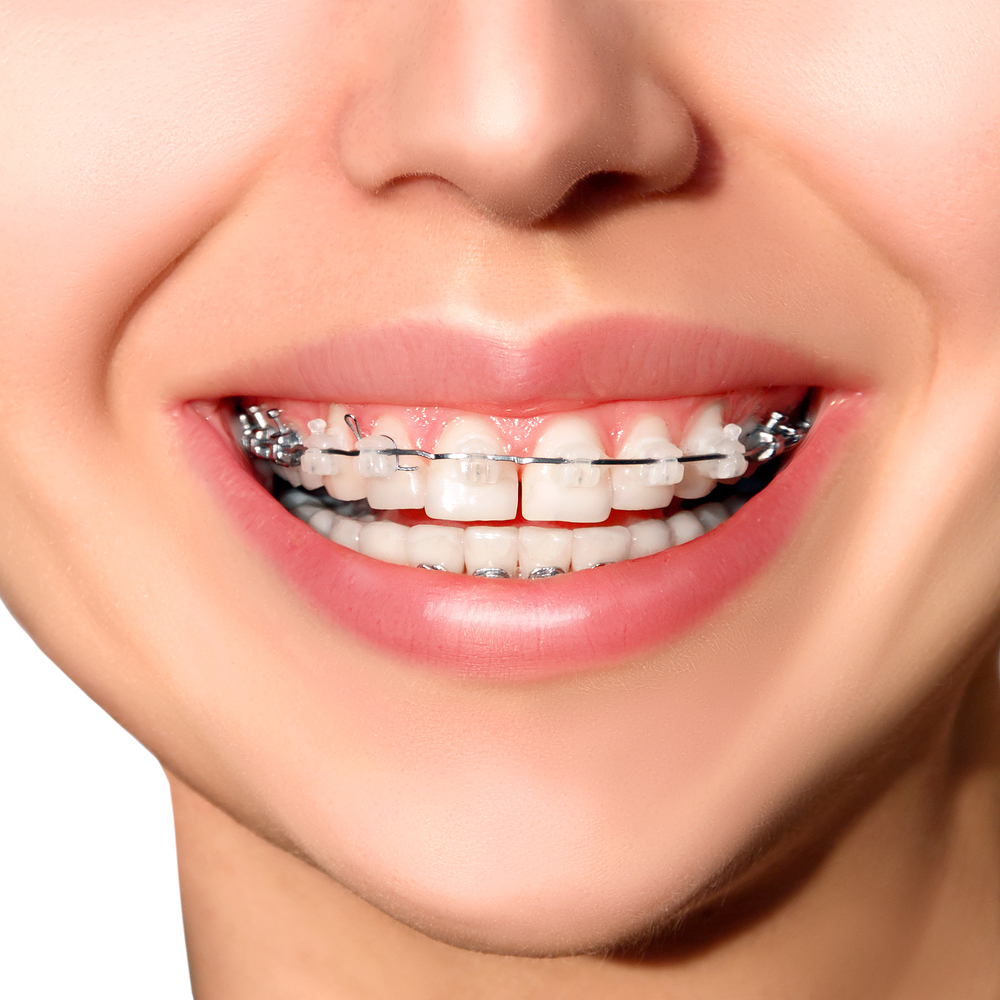
- Home
- About
- Our Team
- Services
- Postoperative Care
- Smile Gallery
- Medical Tourism
- Blog
- Offers
- Contact Us
- Home
- About
- Our Team
- Services
- Postoperative Care
- Smile Gallery
- Medical Tourism
- Blog
- Offers
- Contact Us

Undergoing orthodontic treatment is a significant investment in achieving a beautifully aligned smile. Braces, a widely popular method, help correct dental misalignments and give individuals renewed confidence in their appearance. However, a common concern among patients post-brace removal is whether their teeth will remain in their corrected positions or gradually shift back to their previous misalignment. In this article, we will delve into this topic and explore the factors that can affect post-brace tooth movement, offering valuable insights into maintaining a flawless smile for years to come.
Understanding Orthodontic Treatment:
Orthodontic treatment, often involving the use of braces, is designed to align teeth, correct bite issues, and improve overall dental health. Braces work by applying continuous gentle pressure to the teeth, gradually moving them into their desired positions over a period of time. This process involves the remodeling of bone and the adjustment of surrounding tissues to ensure long-lasting results.

The Importance of Retention:
Upon braces removal, it is crucial to understand that the teeth need time to stabilize in their new positions. The period following the removal of braces is known as the retention phase, during which a retainer is commonly used to maintain the achieved alignment. A retainer helps keep the teeth in their corrected positions while allowing the surrounding bone and tissues to adapt and stabilize. This phase is vital to prevent any undesirable tooth movement and ensure the longevity of your smile.
Factors Affecting Tooth Movement:
Several factors can contribute to potential tooth movement after braces removal. It is essential to be aware of these factors and take appropriate measures to safeguard your investment in orthodontic treatment. Here are some key factors to consider:
1. Lack of Retainer Usage: Failure to wear the recommended retainer as instructed by your dentist can lead to tooth shifting. Consistency in wearing your retainer, especially during the initial months after the removal of braces is crucial to prevent unwanted movement.

2. Natural Aging Process: Our bodies undergo various changes as we age, including the possibility of teeth shifting. Although this shift may be subtle, it is advisable to remain vigilant about regular dental check-ups to monitor any changes and address them promptly.

3. Dental Habits: Certain habits, such as excessive thumb sucking, nail biting, or prolonged use of pacifiers, can exert pressure on the teeth and cause them to shift. It is important to be mindful of these habits and work towards breaking them to maintain a harmonious smile.
The Role of a Professional Dentist:
To ensure the long-term success of your orthodontic treatment, it is crucial to maintain a strong partnership with your dentist. A skilled dental professional can provide invaluable guidance and support throughout your braces journey, from the initial consultation to the retention phase. Regular dental check-ups allow your dentist to monitor your progress, make necessary adjustments, and promptly address any concerns or issues.
The transformative power of braces in achieving a beautifully aligned smile is undeniable. However, it is important to understand that post-brace tooth movement is a possibility if proper retention practices are not followed. By wearing retainers as prescribed and maintaining regular dental visits, you can significantly reduce the risk of tooth shifting and enjoy the benefits of your orthodontic investment for years to come. Remember, a partnership with a trusted dentist is essential in safeguarding your smile and ensuring a lifetime of dental confidence.
So, embrace your newfound confidence, flash that radiant smile, and cherish the remarkable results of your orthodontic journey!